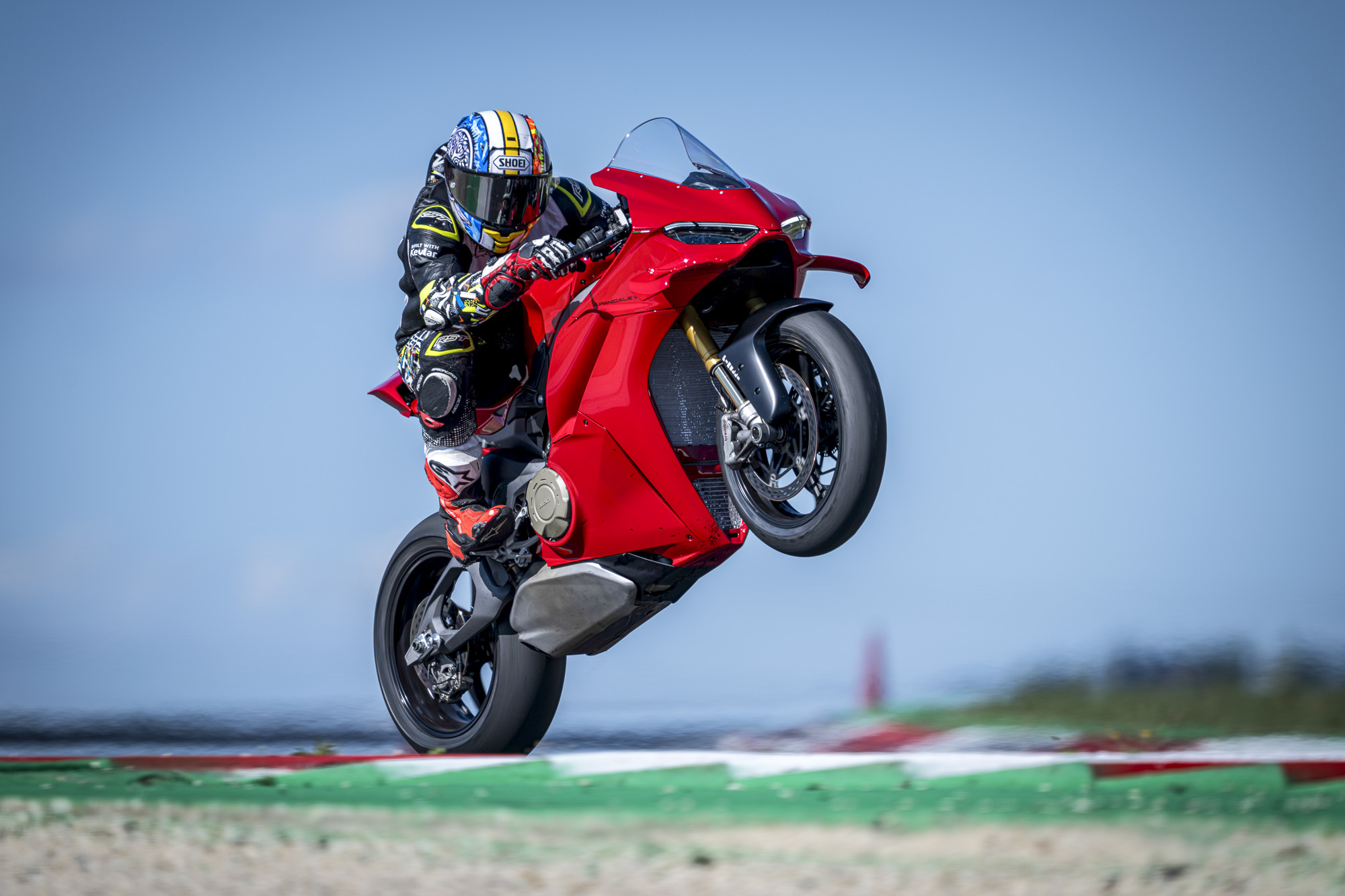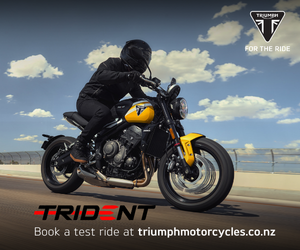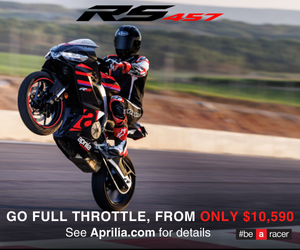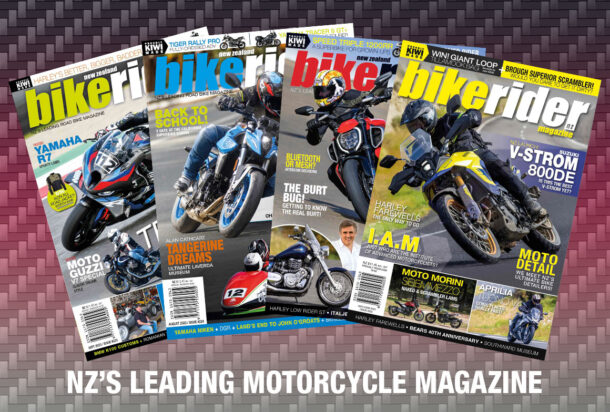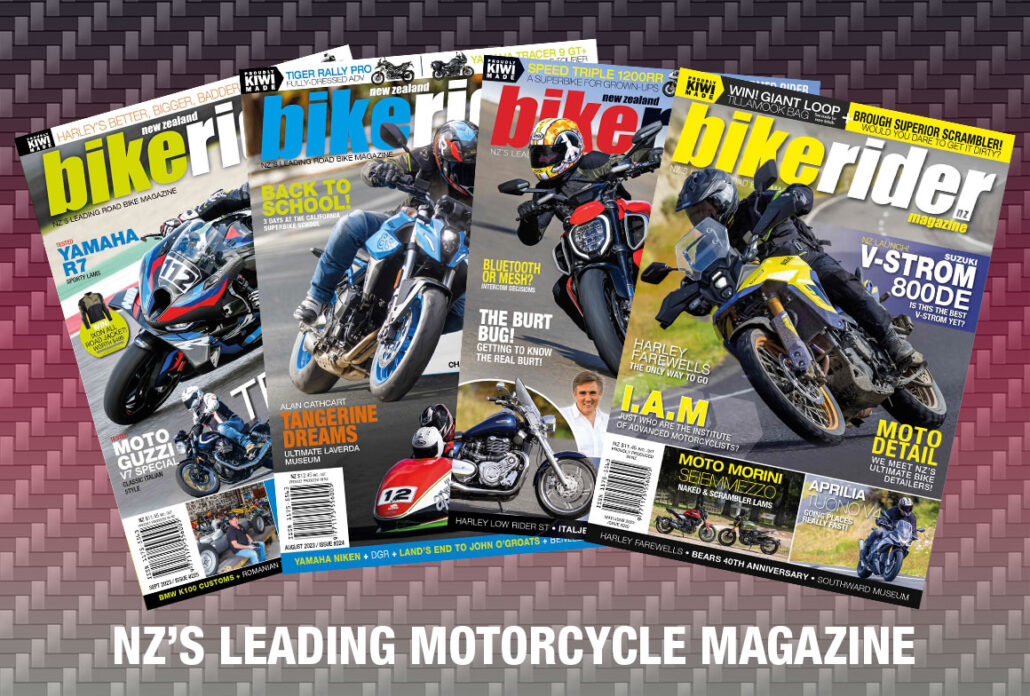- The new double-sided swingarm is controversial, but needed.
- More power than ever from the 1103cc Desmosedici Stradale V4 engine.
- Ducati Vehicle Observer (DVO) software is developed by the Ducati Corse MotoGP technicians that precisely estimates and optimises multiple rider aids.
The latest iteration of the Panigale is lighter, more powerful, and packed with cutting-edge technology, making it the most advanced road-legal Ducati to date. Ducati designed the V4 S with three key objectives: to deliver faster lap times, reduce rider fatigue, and enhance the rider’s skills with its innovative features. Chad was one of a select few invited to the world launch.
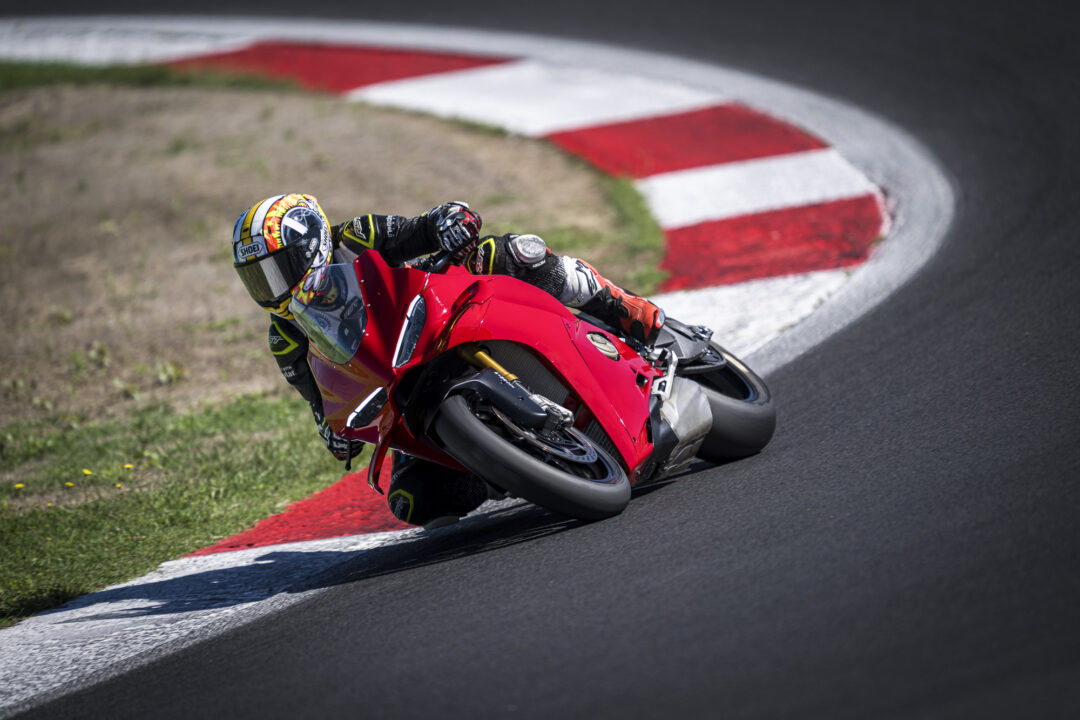
What’s New?
The standout change for many is the introduction of a double-sided swingarm, replacing the beloved single-sided design. Inspired by Ducati’s dominant MotoGP GP24 bike, the new swingarm is engineered to handle the ever-increasing levels of power and grip. Despite the switch, it’s 2.7kg lighter and boasts 37% less lateral rigidity. Visually, it maintains a sleek and elegant appearance.
Additionally, the redesigned ‘front frame’ reduces lateral stiffness by 40%, complementing the cutting-edge Smart EC 3.0 Öhlins suspension, featuring TTX36 (front) and NPX 25/30 (rear) units.
The familiar 1103cc Desmosedici Stradale V4 engine now delivers even more power, ensuring it remains at the top of its class. First-time Brembo Hypure calipers make their debut, while enhanced aerodynamics and styling evoke a classic Ducati 916-inspired silhouette. Completing the updates is a reworked riding position, featuring more inboard footpegs and a longer, wider seat for improved ergonomics.
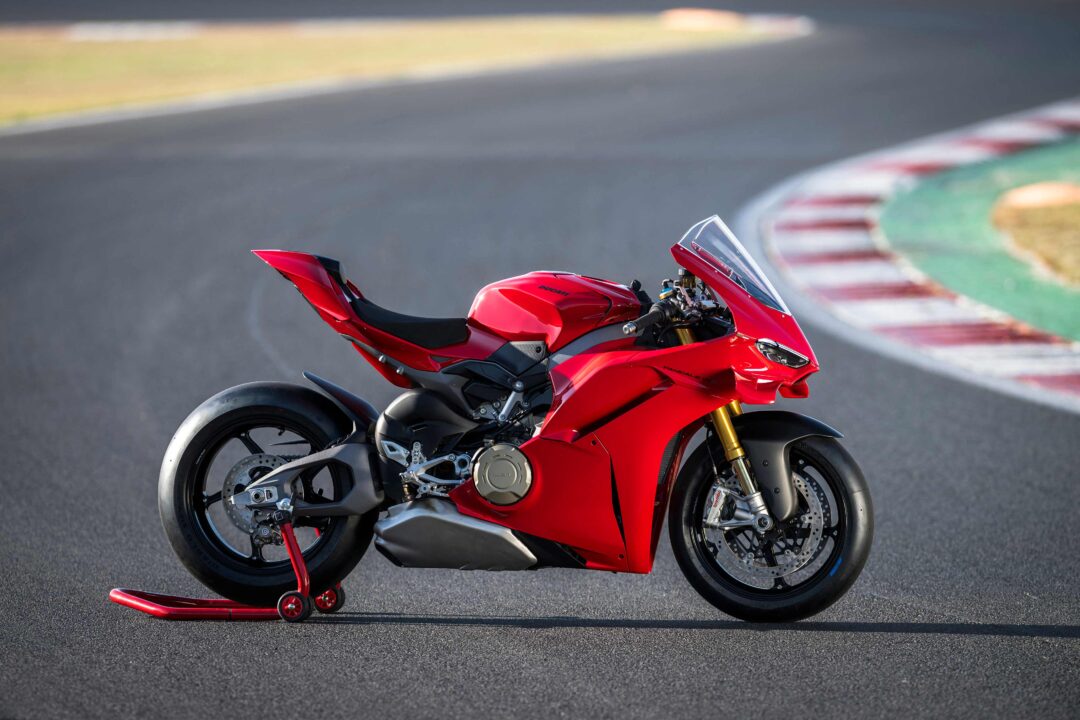
Bigger Brain
The second big talking point, however, is the new electronic package, especially the Ducati Vehicle Observer (DVO), which features an algorithm developed by the Ducati Corse MotoGP technicians that precisely estimates and optimises multiple rider aids as well as the race eCBS combined lean-sensitive braking system, which in basic terms helps you brake like a MotoGP rider.
Test conditions at Vallelunga just outside Rome were perfect and with a Ducati Corse technician on standby, Pirelli slicks and six long sessions available, a thorough and fast test of the new Panigale V4 S was very much on the cards.
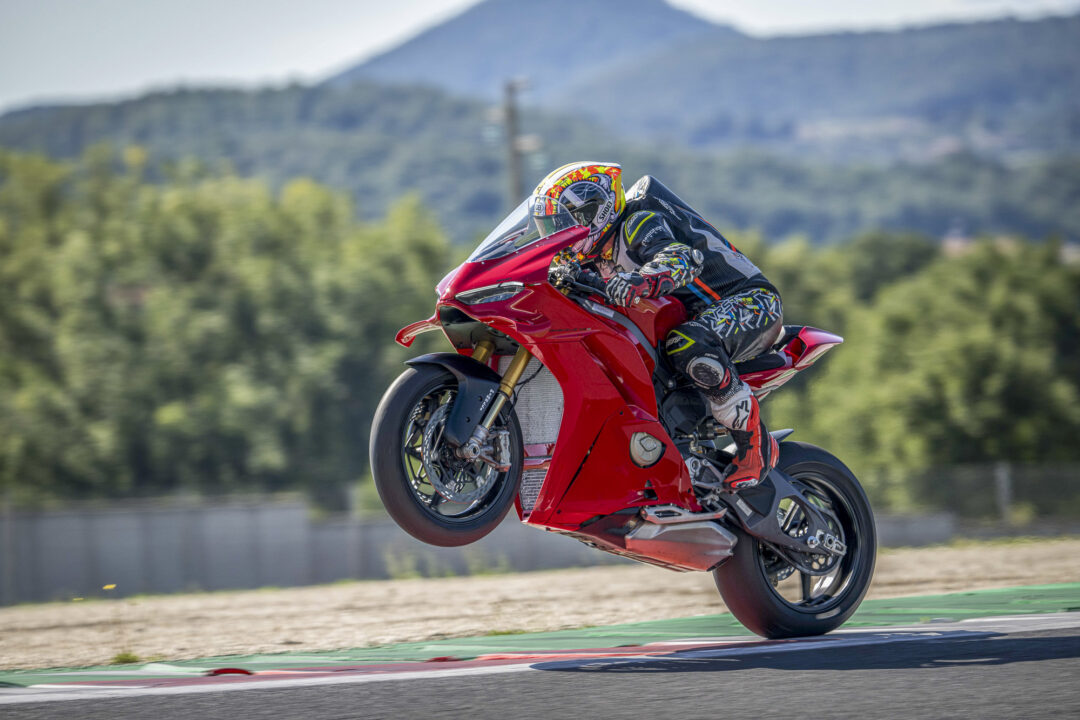
On the track
The most obvious improvement over the older bike was its improved stability. The V4 S I rode in 2022 was planted enough but around Vallelunga, especially through a fourth-gear and fearsomely fast and committed kink, would gently weave or move the bars to indicate you were towards the limit, forcing me to short-shift through this section. The 2025 Panigale, however, was much more predictable and even in the first session I had more confidence to make full use of the power. This newfound stability might be down to extra flex in the frame and longer swingarm, or the new electronics, or a combination of everything, but from lap three the difference between the old and new bike was obvious.
Rider aids are inspiring; the lap ends with tight, twisty second-gear corners and late apexes, followed by hard acceleration with risky lean angles. But the new rider aids handle everything, allowing aggressive throttle use. The throttle response is nearly perfect, and you can apply power quickly while relying on the aids. I don’t think I’ve ever exited corners so hard and early.
On occasion, I could feel the torque reduce as a slide or wheelspin were corrected, especially when exiting first and second-gear corners hard on the throttle. It’s amazing what you can get away with and how unfazed and planted the Ducati remains.
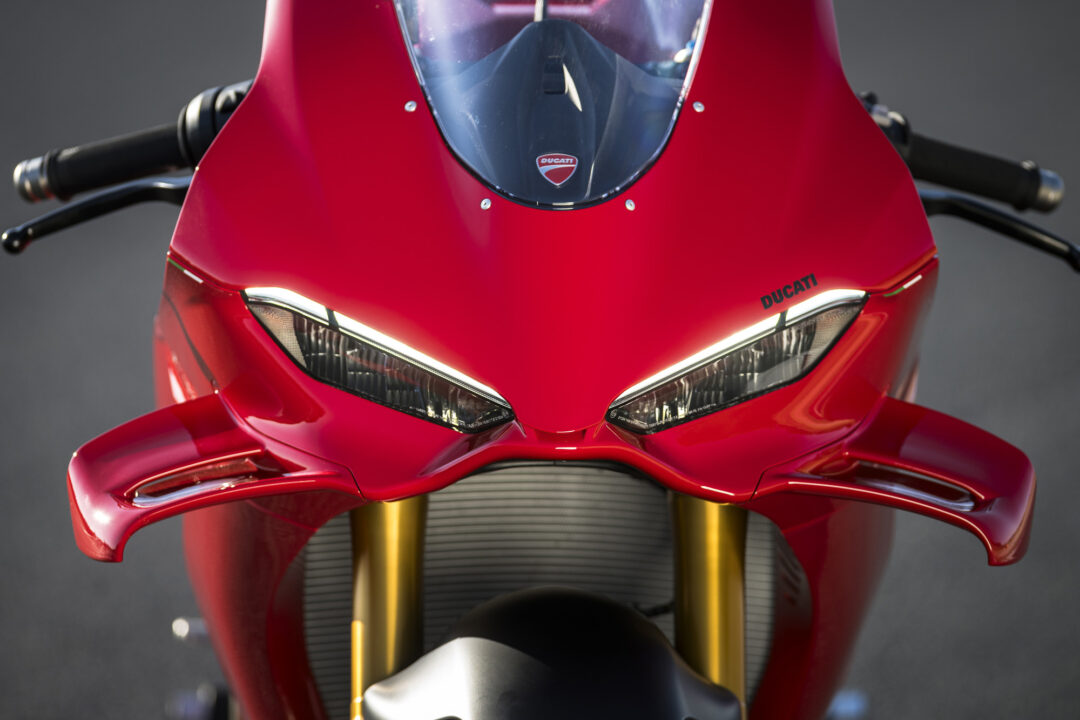
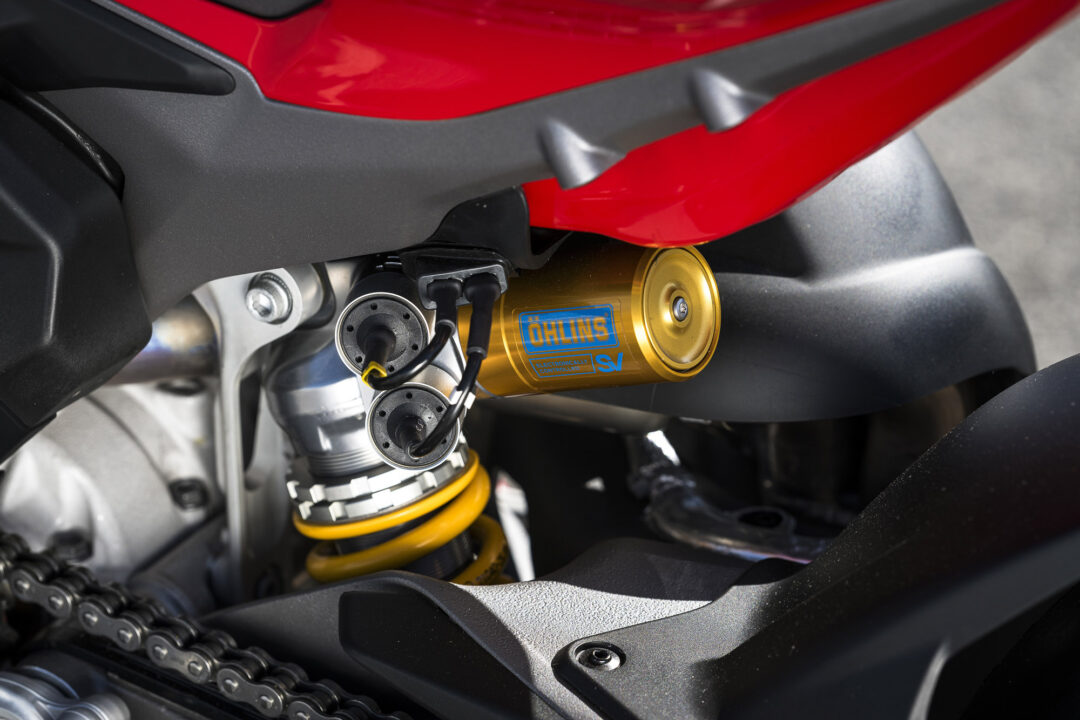
Stopping is now managed by new Brembo Hypure calipers, and also the new Race eCBS combined ABS system. There are seven levels of ABS, with level 1 the dedicated Race eCBS. This new system combines the front and rear brakes so that even when you release the front brake and arrive at a corner apex, it continues to trail the rear brake, without any rider intervention. With DVO ensuring it won’t lock or slide the rear wheel while working out the fastest, safest braking strategy for the corner, you can, in theory at least, steer and lean to the apex. According to Ducati, a trailing rear brake tightens the line and adds stability mid-corner and, most important of all, makes you feel like Ducati Corse’s double world champion Pecco Bagnaia.
The older Panigale was impressive on the brakes, but the combination of the Brembo Hypure stoppers and new technology is a hugely potent package. You can take real liberties on the brakes: brake so late it’s physically painful; brake so late and with so much power up to the apex it’s almost hard to comprehend and calculate.
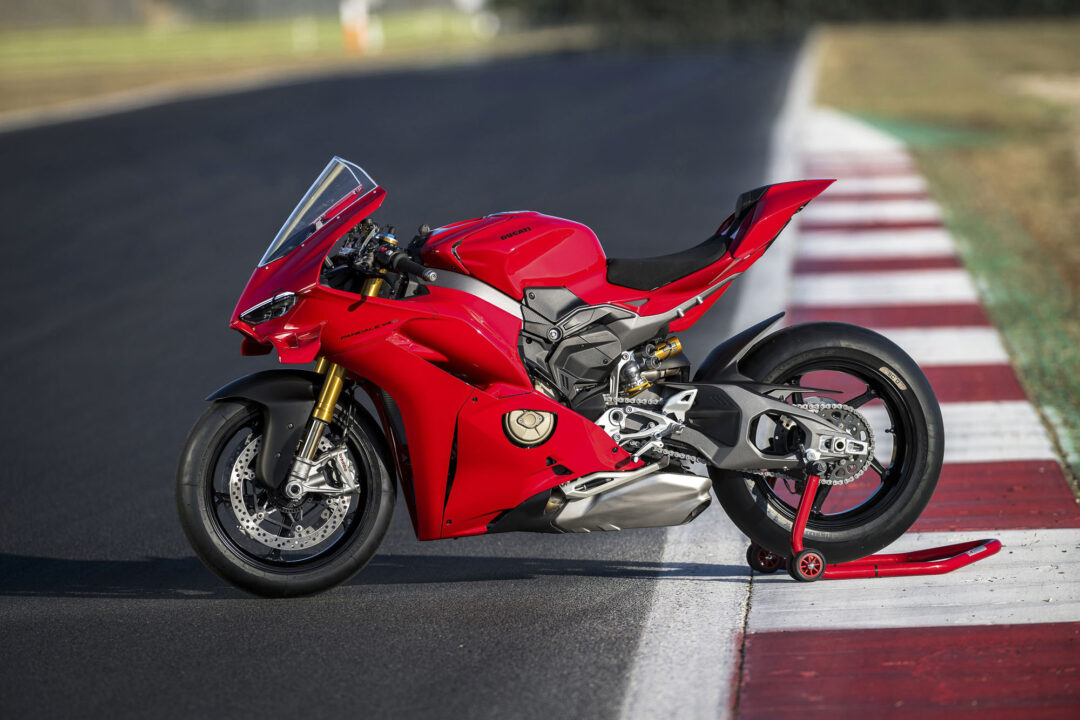
Towards the end of the day I was desperate to forget the lap timer for a while and simply enjoy the new Panigale and have some elbow-dragging fun, which is what the Ducati does so well. Yes, you can chase lap times, but as it’s now so much easier to ride fast you can also maintain both a pace and safety margin higher than you thought possible while still having trackday fun.
The astonishing level of grip from the chassis, rider aids and big slick Pirelli rubber allows crazy lean angles. If you ever want to get your elbow down – this is the bike to try it on. The chassis feedback is forensic. You feel in tune with the chassis, understand completely the Pirelli rubber and elevate your riding too. Sometimes electronic suspension can dilute the connection with the bike, but this is not the case on new Panigale.
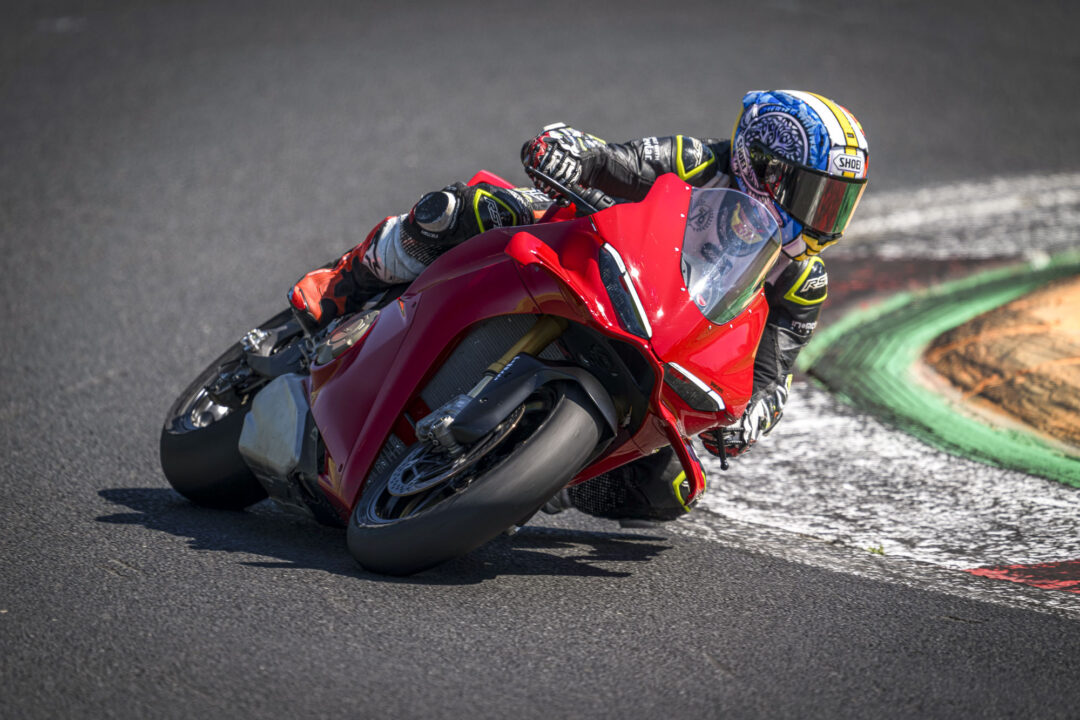
Best Made Better
Ducati has made significant progress. The new 2025 model is more stable and planted and therefore easier to ride. Where the older bike occasionally asked you to use calming shortshifts, particularly on the exits of fast, hanging sweepers, the new one asks for full gas and every one of its Italian horses in all the corners and does so without hesitation. This makes the bike faster and cuts faster lap times.
Secondly, the advancement in rider aids and braking technology is truly breathtaking. Never has a Ducati superbike been this easy to ride consistently and safely. You can take outrageous liberties and rely on the rider aids, which takes a conscious re-configuration of your riding because the new Panigale allows you to do things on a motorcycle you really shouldn’t. It flatters the rider, improves lap times and in turn makes riding on track more enjoyable. In short, it makes you faster.
We don’t know what the new Panigale will be like on the road, and all this new technology comes at a price that sees the new V4 S with a ticket of $53,695 + ORC.
But if I were the competition, I’d be worried. Ducati has taken race-winning MotoGP and WSBK know how and technology and transferred it to their road -going superbike so we can all feel like an elite racer. It is stunning.
Words: Adam Child Pics: Alex Photo (Ducati)
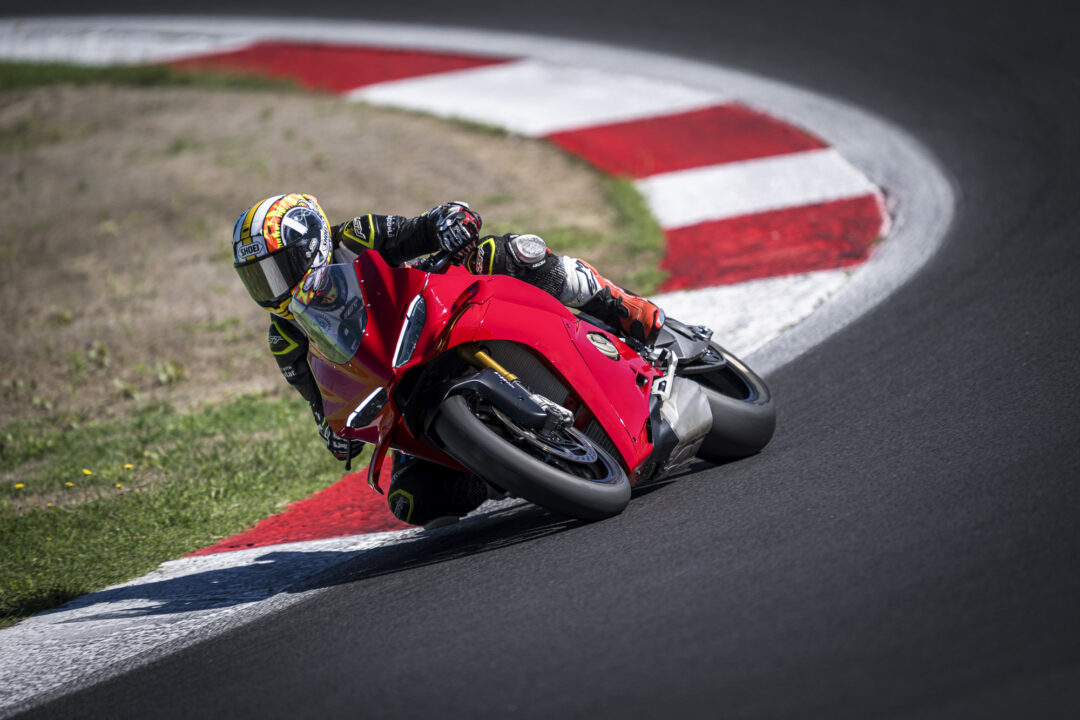
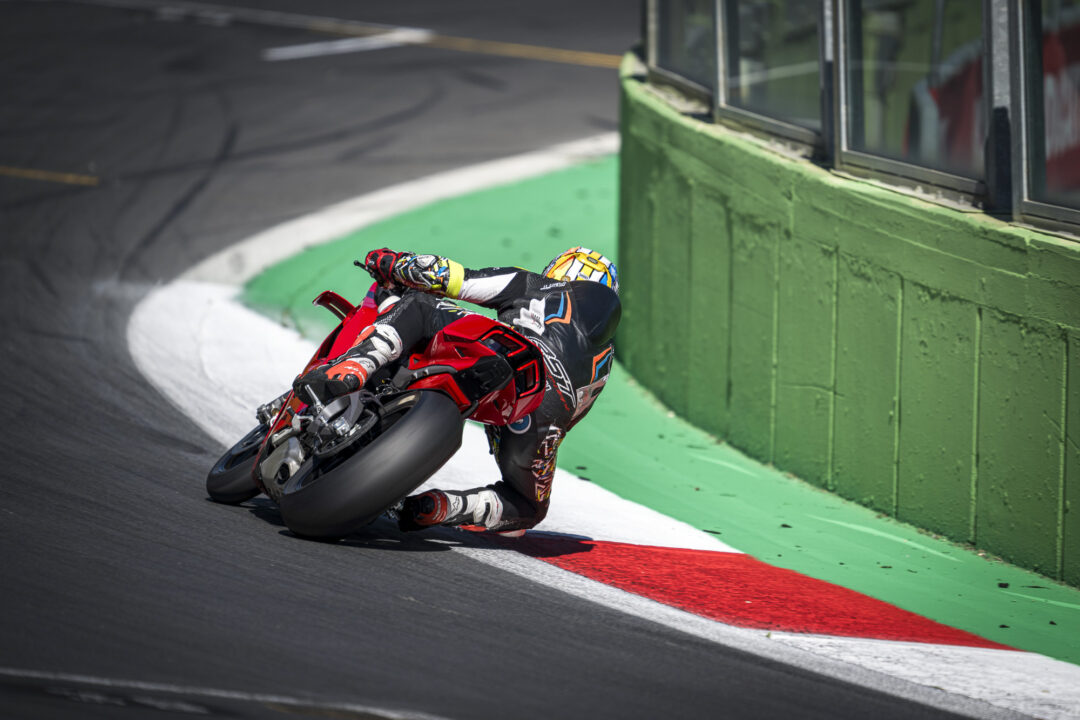
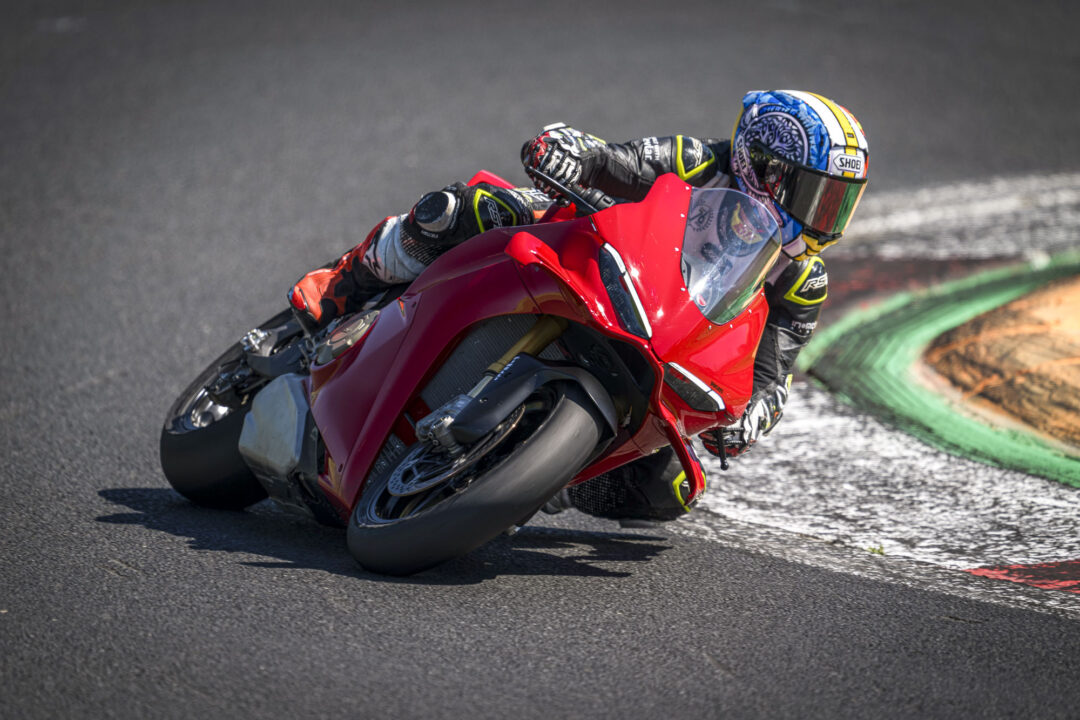
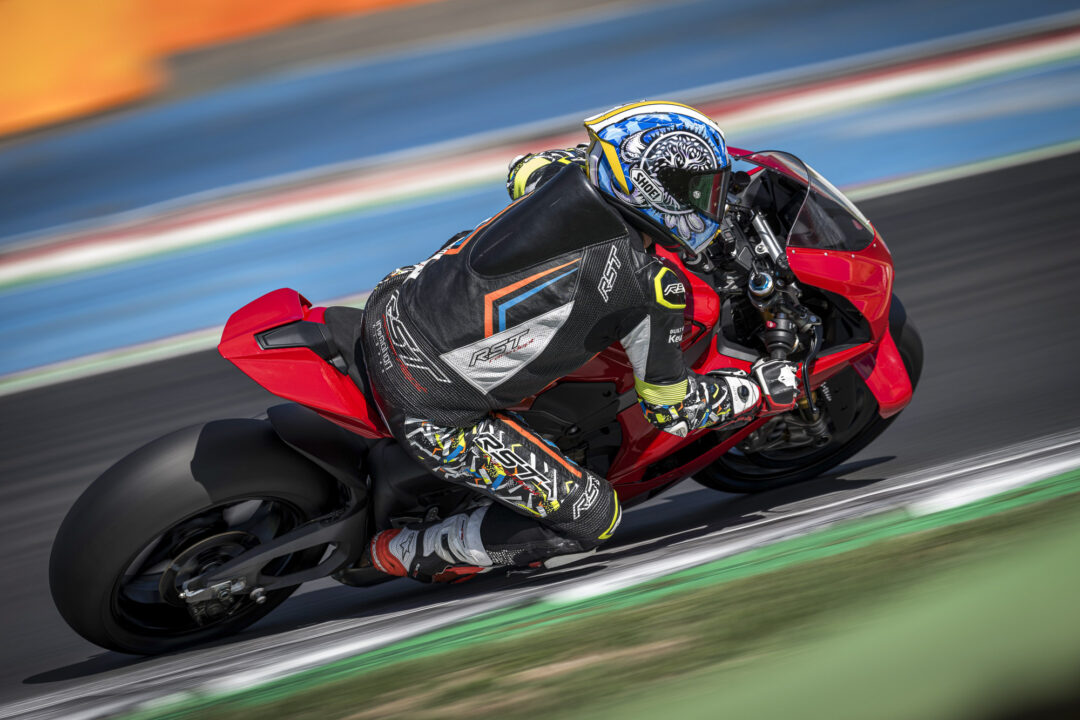
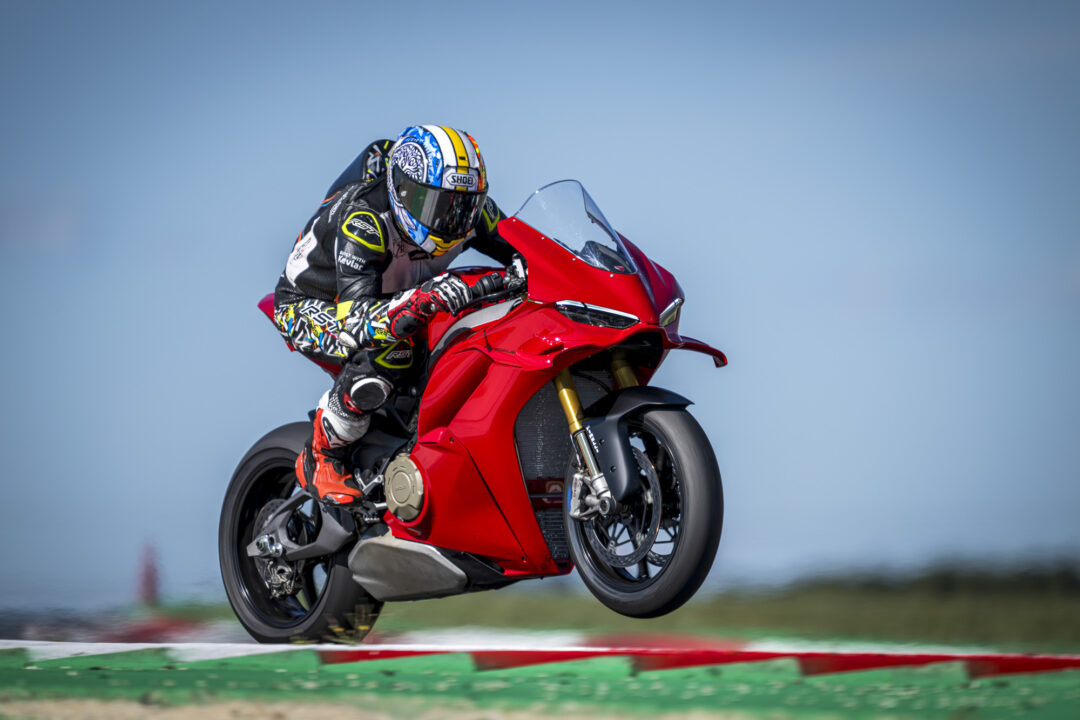
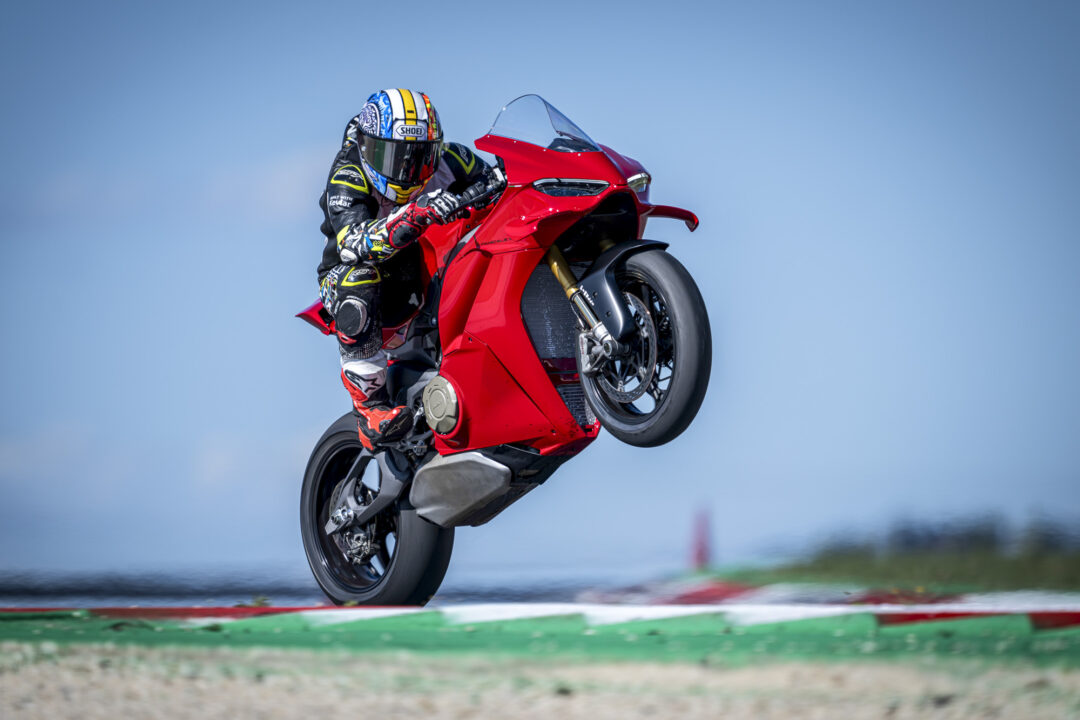
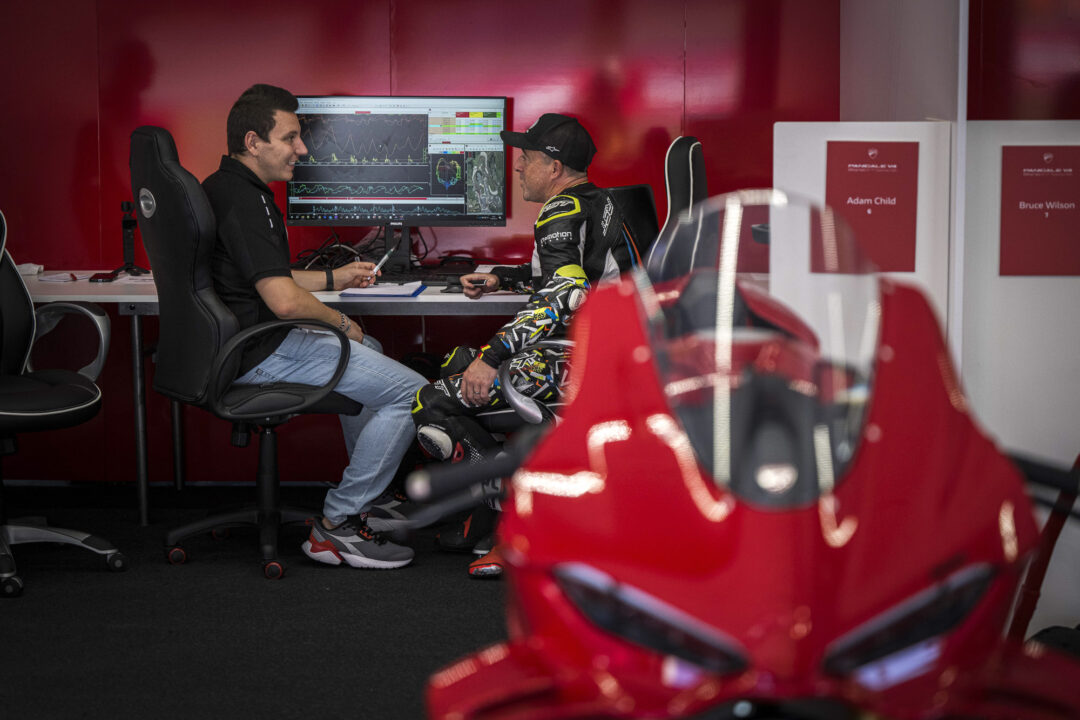
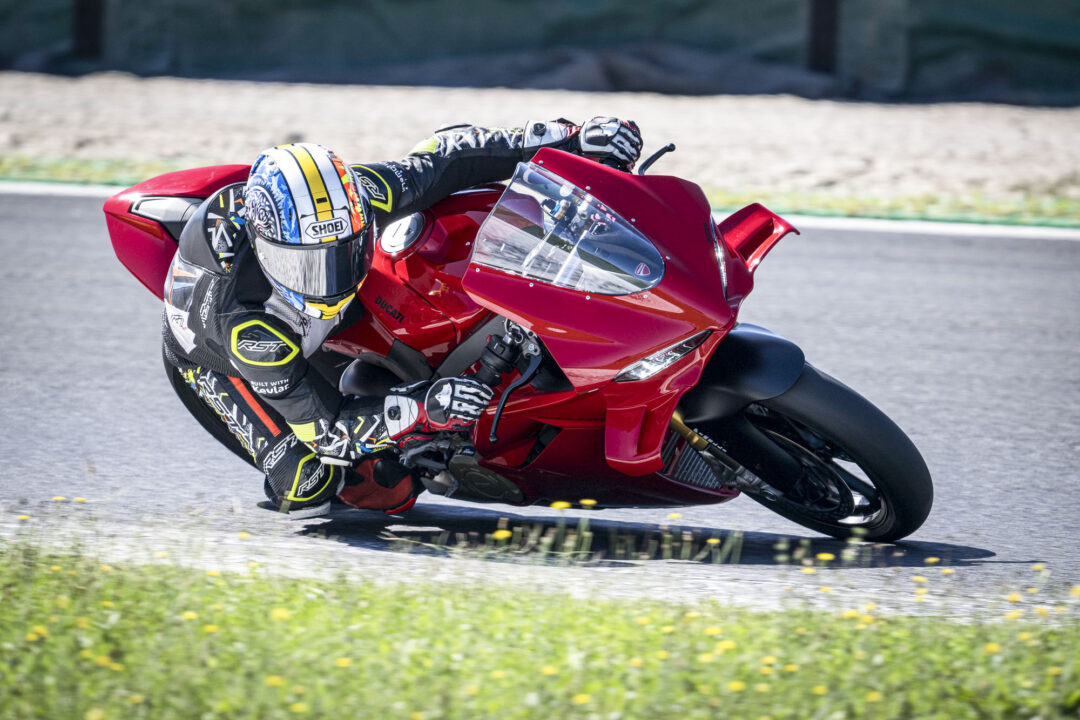
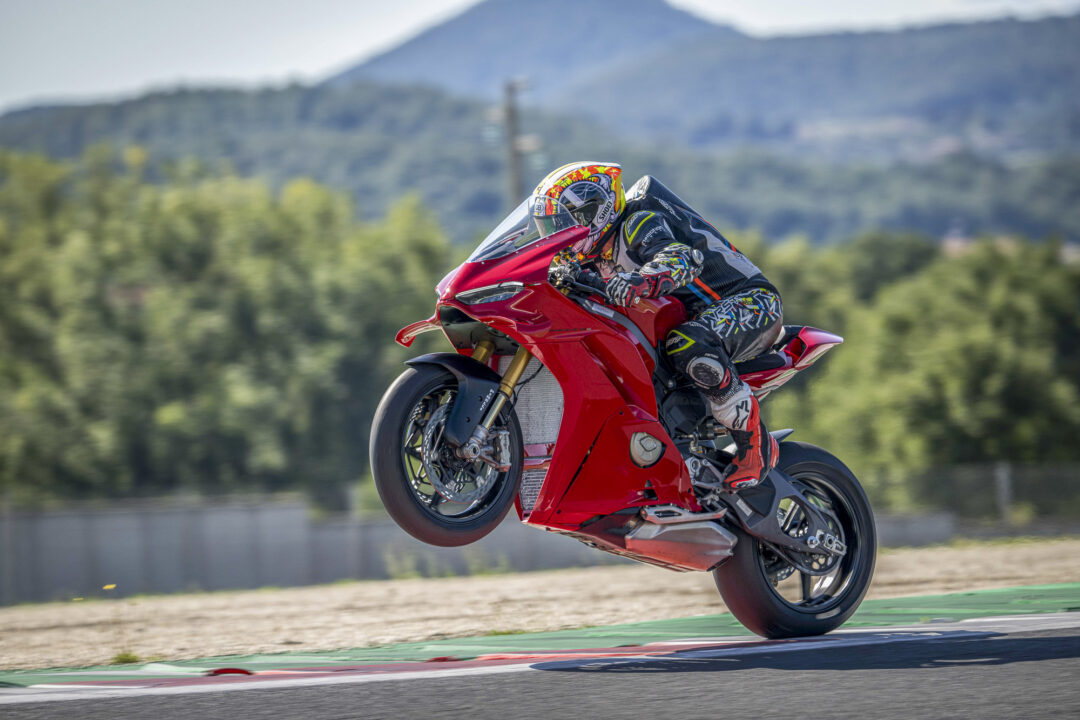
Specifications
Ducati Panigale V4 S
Engine
1103cc water-cooled, 4v per cylinder four-stroke, Desmosedici Stradale 90 Degree V4 – counter rotating crank.
Bore stroke
81 x 53.5mm
Compression ratio
14.0:1
Electronic fuel injection with
Ride-by-Wire, twin injectors per cylinder
Transmission
Six-speed Quick Shift up/down Gen 2
Clutch
Hydraulically slipper and self-servo wet multiplate. Chain drive
PERFORMANCE
Power
159kw/ 216hp @ 13,500rpm (claimed)
Torque
120Nm/ 89.2 lb-ft @ 11,250 rpm (claimed)
Top speed
186mph / 299km/h (est)
Fuel consumption
6.5l/100km/43.5mpg
Rider aids
Riding modes (see below), Power Modes, Race ECBS, Ducati Vehicle Observer (DVO), Ducati Traction Control (DTC) Ducati Wheelie Control (DWC) Ducati Slide Control (DSC) Engine Brake Control (EBC), Ducati Power Launch (DPL), Ducati Electronic Suspension (DES) 3.0 with Öhlins
Rider Modes
Race A, Race B, Sport, Road, Wet
Frame
Aluminium alloy ‘Front frame’.
Rake
24/ Trail 98mm
Wheelbase
1485mm
SUSPENSION
Öhlins – Gen 3
Front 43mm
Öhlins NPX 25/30 S-EC 3.0 pressurised fully adjustable, electronic compression and rebound damping 125mm travel
Rear
Single rear shock, Öhlins TTX36 (SV) S-EC 3.0 unit. Fully adjustable with electronic compression and rebound damping 130mm travel.
Wheels
5-spoke forged aluminium Front 3.5 x 17 Rear 6 x 17
Tyres
Pirelli Diablo Supercorsa SP-V4
Front
120/70 X 17
Rear
200/60 x17
Front
2 x 330mm discs, radially mounted Brembo Monobloc Hypure 4-piston calipers
Rear
245mm disc, two-piston caliper
Weight
187kg. (wet no fuel)
Seat height
850mm (adjustable)
Fuel capacity
17l
SERVICING & WARRANTY
Servicing
First: 12,000km (7500miles) 12 Months. Valve check 24,000km (15,000miles).
Warranty
24 months unlimited mileage
Colour options
Red only
Contact
Ducati.com

